Australian Open Of Surfing: 2012
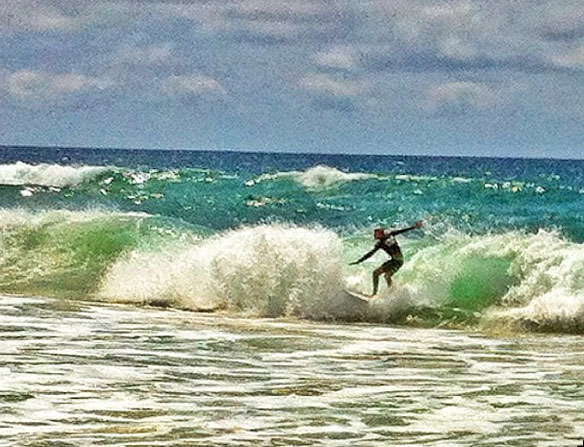
Pro surfing fans have much to look forward to this weekend as the Australian Open, making its debut on the shores of Sydney, is currently taking place until February 19th, 2012 at the revered Manly Beach, widely known as the birthplace of Australian surfing.
Socotra: The Isle of The Dragonsblood
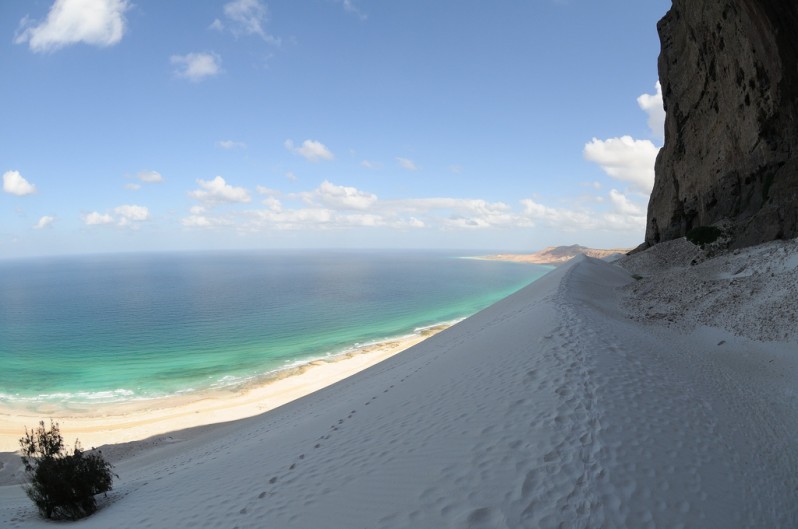
Situated 250 miles off the coast of Yemen, Socotra is the largest member of an archipelago of the same name, a four-island ellipsis that trails off the Horn of Africa into the Gulf of Aden. Of stunning natural beauty and described as the most alien-looking place on Earth, Socotra, land of the rare Dragon Blood Trees, is of universal importance due to its unique biodiversity with rich and distinct flora and fauna.
Gabon: Tourism versus Oil Revenues
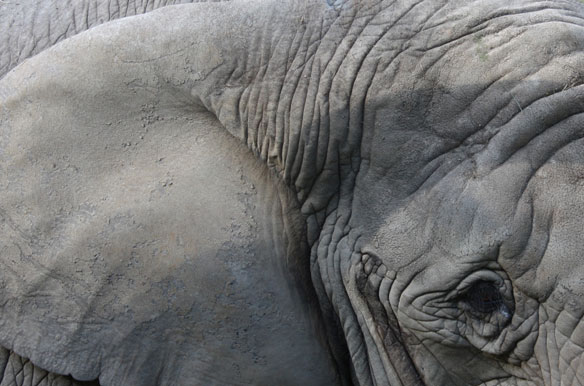
A decade ago Gabon set aside 10% of its land for national parks, to boost its economy by becoming Africa’s magnet for eco-tourists, and some, hoping that tourism can help Gabon reduce its long reliance on oil. Loango Park, called the ‘Land of surfing hippos’ held perhaps the greatest potential to lure tourists, given its rare wildlife and unusual coastal setting, but turning its natural assets into tourist cash has been tougher than expected.
10 of The World’s Most Unusual Beaches

No disrespect to gorgeous beaches with powdery white sand, but sometimes the standard-issue paradise starts to feel, well, bland. It’s time to set off for shores with strange hues of sand, alarmingly low-flying aircraft, and hot pools you can dig yourself. From Florida to New Zealand, these 10 picks take you to some peculiar beaches.
Giant’s Causeway, Northern Ireland; By Liz Lantz
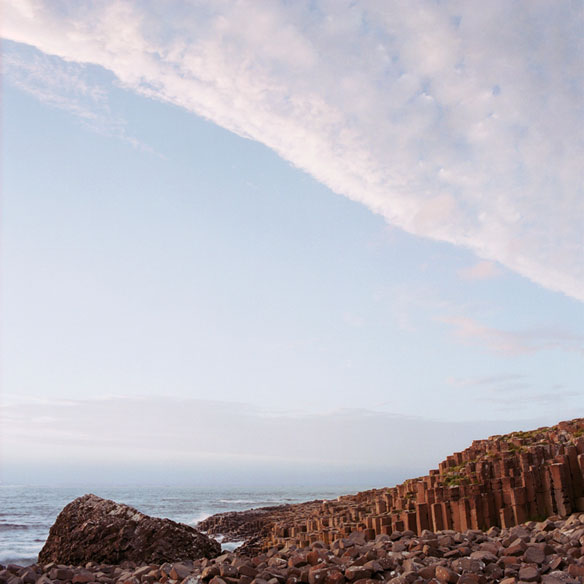
Giant’s Causeway in Northern Ireland is an image from Liz Lantz.
Moby-Duck
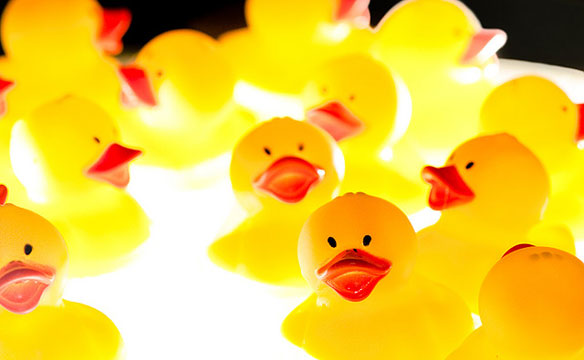
The true story of 28,800 bath toys lost at sea and of the beachcombers, oceanographers, environmentalists, and fools, including the author, who went in search of them. A book by Donovan Hohn.
Sandbank On The Coast Of Whitsunday Island, Queensland, Australia; By Yann Arthus-Bertrand
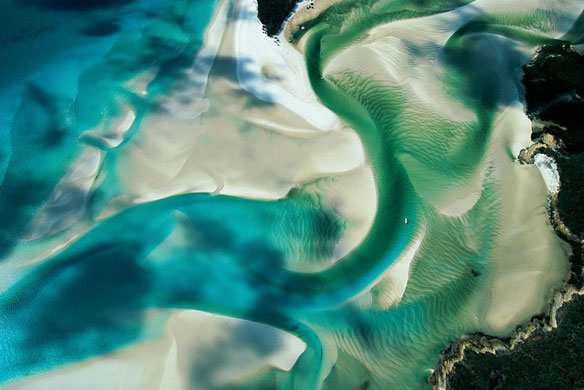
Sandbank on the coast of Whitsunday Island, Queensland, Australia, is an image from Yann Arthus-Bertrand.
Coastal Care 2011: In Numbers and Achievements

Our deepest gratitude and thanks to our immensely talented and highly inspiring contributors of 2011.
— Santa Aguila Foundation.
Light Art At The Beach
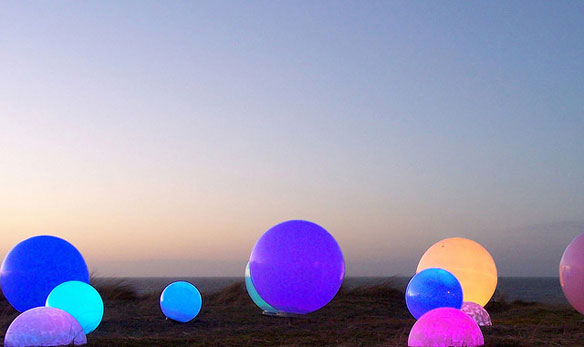
Sea and dunes form the natural backdrop for the monumental works of glass and light art at this international seaside exhibition, in The Hague’s southern beach, Kijkduin. More than 100 globes are spread among the sand dunes constantly changing colours in the evening hours. The seaside installation is reinterpreted by a different group of artists each year, ranging from children to graffiti artists, and the 2011edition was connected to the UN Program ‘Our life, our future‘.
